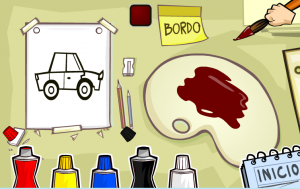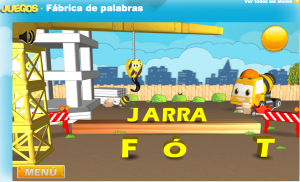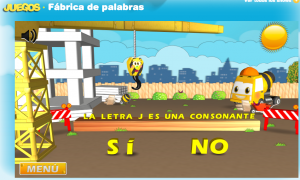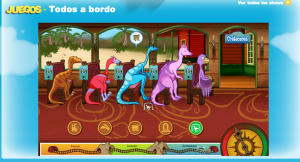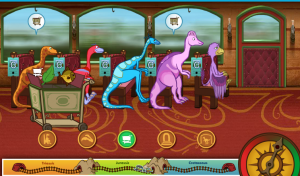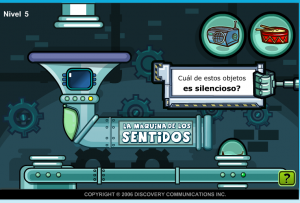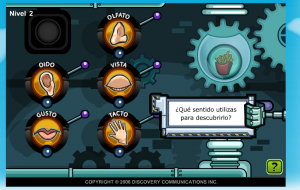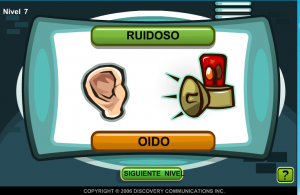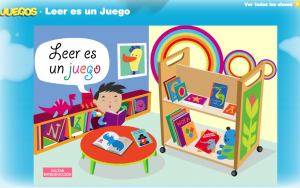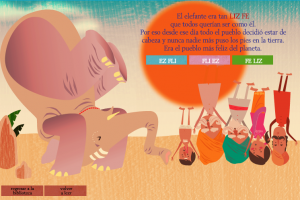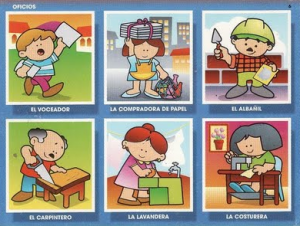
Although I love a good book, eBooks are increasingly becoming part of my life for a number of reasons. One of those reasons is that, in an educational / classroom context, an eBook projected onto a IWB / via AppleTV or Reflector app is so much easier to share than a printed text.
I’ve previously written about Calliope, Queen of the Zebras, an iPad app story, and Soy demasiado grande and Le facteur spatial in I can read..eBooks, so I was interested to have a look at some of the more advanced books by bSmall .
Los mellizos de tiempo is one of their original eBooks in the Let’s read series, aimed at older learners who can read independently. This series are bilingual parallel texts with Spanish on one page and English on the other. (Also available in French!)

“The twins’ grandfather has invented a time-travel watch. Whoosh! The twins suddenly find themselves in Ancient Egypt. But will they ever get home again?”
Having used the CDRom versions of the I can read books, I’m familiar with the double page spread with colourful illustrations. The eBook preserves this and also the ability to have the book read to you. What I like about this book is that there is a separate audio control for Spanish and English text so you can choose the language you wish to hear, unlike the I can read books that I’ve seen where both texts are on the same control. There’s an image scrubber at the bottom of the page that means you can move smoothly from beginning to end of the book or home in on a selected page. Wonderful!
As to the story, it’s quite simple and easy to follow, especially as there’s the support of the English text too. It’s short enough to be used in one go but also long enough to be read in a few ‘episodes’ to a class. I think it would be great to use in the primary classroom as it links so well with the ‘topic’ of Egyptians, or under the ‘learning journey’ of Treasure taken in Year 4 at WCPS. And that got me thinking…
In the next post I’ll be sharing some ideas about linking Spanish and the Egyptians!


